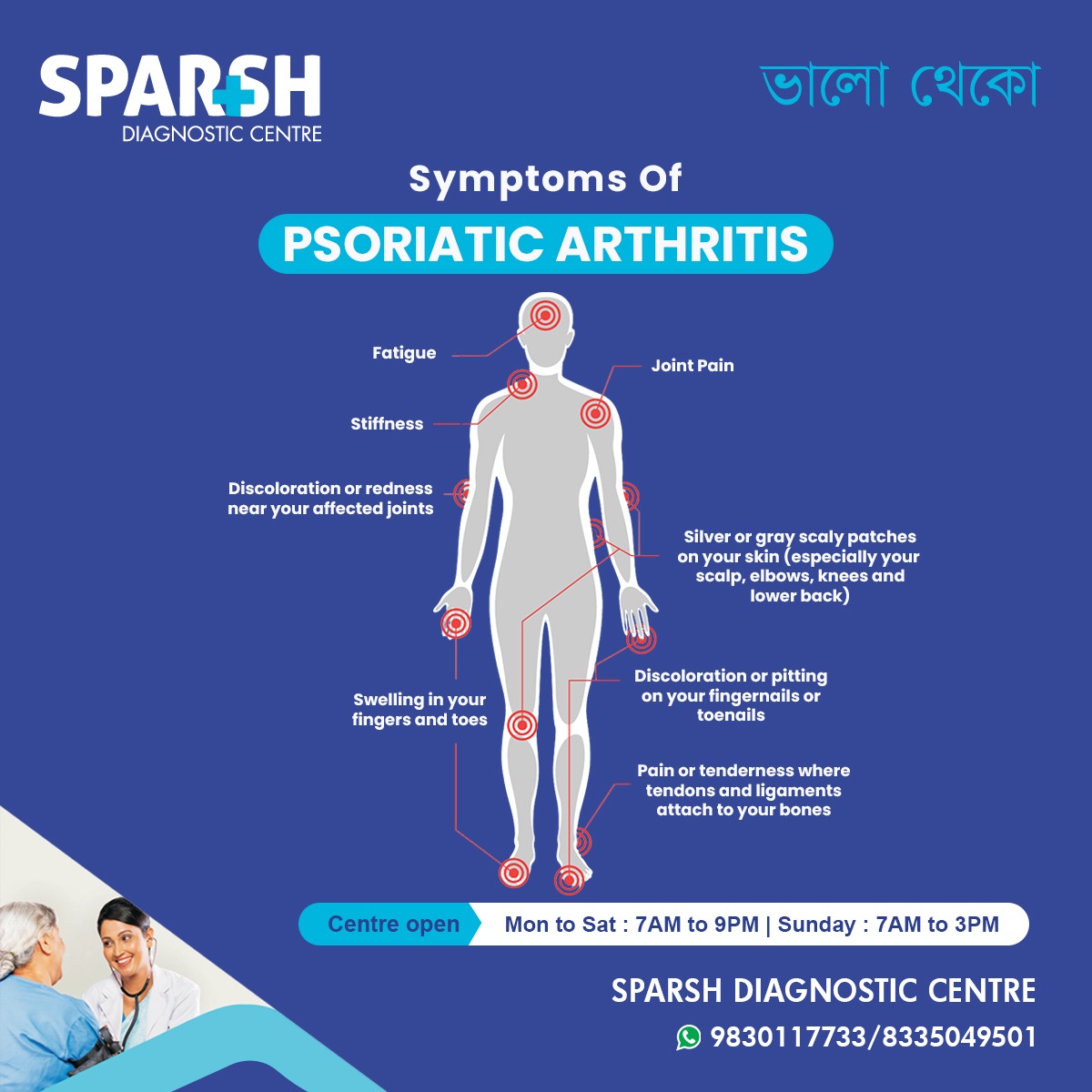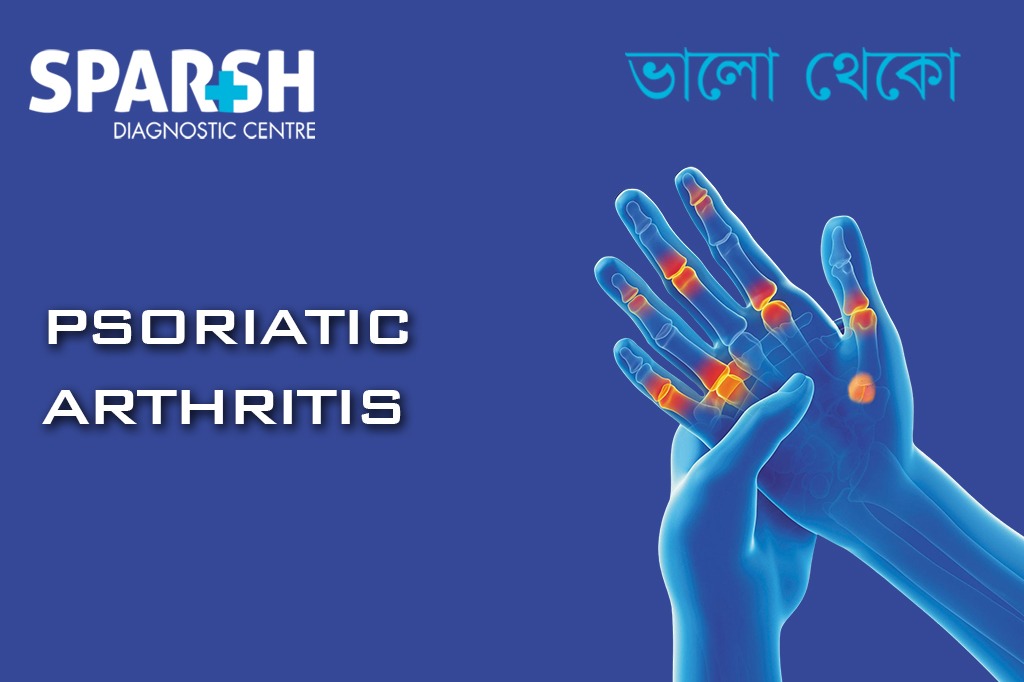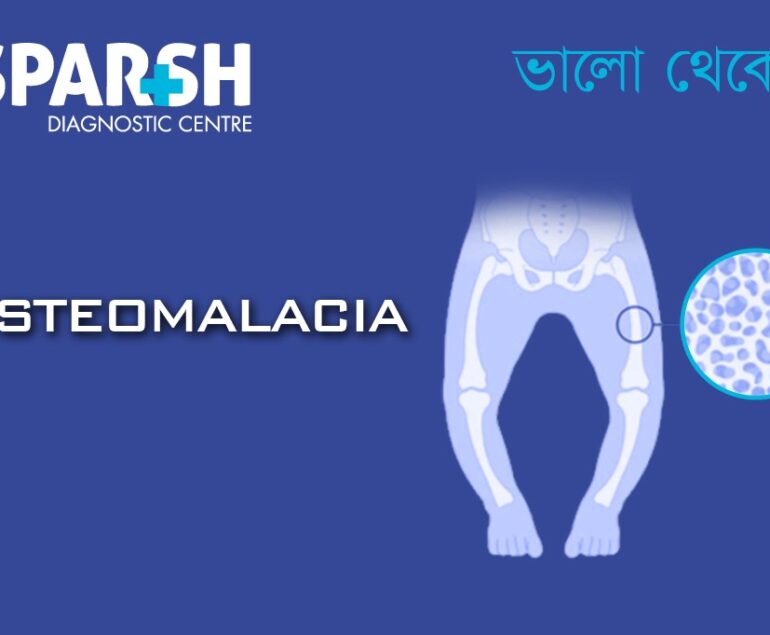Psoriatic Arthritis (PsA) is a chronic autoimmune condition that affects both the skin and joints. It often develops in people with psoriasis—a skin disorder characterized by red, scaly patches. However, PsA can also occur without visible skin symptoms, making early diagnosis crucial.
This blog explores the symptoms, causes, diagnostic process, and treatment options for Psoriatic Arthritis, helping patients and caregivers make informed decisions.
What Is Psoriatic Arthritis?
Psoriatic Arthritis is an inflammatory arthritis associated with psoriasis. It occurs when the immune system mistakenly attacks healthy tissues, leading to joint pain, stiffness, and swelling. Unlike osteoarthritis, which results from wear and tear, PsA is autoimmune in nature.
Key Characteristics:
- Affects joints and entheses (where tendons/ligaments attach to bones)
- Can cause skin and nail changes
- May lead to permanent joint damage if untreated
Psoriatic Arthritis Statistics
- Affects up to 30% of people with psoriasis
- Onset typically occurs between ages 30–50
- Men and women are affected equally
- Early diagnosis can prevent joint erosion and disability
Common Symptoms of Psoriatic Arthritis
PsA symptoms vary widely and may mimic other conditions like rheumatoid arthritis or gout. Here are the hallmark signs:
- Fatigue: Persistent tiredness due to systemic inflammation
- Joint Pain and Stiffness: Especially in the fingers, toes, knees, and lower back
- Swelling: Sausage-like swelling in fingers and toes (dactylitis)
- Skin Lesions: Silver or gray scaly patches on scalp, elbows, knees, and lower back
- Nail Changes: Pitting, discoloration, or separation from the nail bed
- Enthesitis: Pain where tendons and ligaments attach to bones (e.g., Achilles tendon)
- Morning Stiffness: Lasting more than 30 minutes
- Redness or Discoloration: Around affected joints

Causes and Risk Factors
While the exact cause of PsA is unknown, several factors contribute to its development.
Genetic Factors
- Family history of psoriasis or PsA increases risk
- HLA-B27 gene is commonly associated
Environmental Triggers
- Infections (e.g., strep throat)
- Physical trauma
- Stress
Lifestyle Factors
Diagnosis at Sparsh Diagnostica
Early diagnosis is key to preventing irreversible joint damage. At Sparsh Diagnostic Centre, we use a combination of clinical evaluation and advanced diagnostic tools.
Diagnostic Approach:
- Physical Examination: Assess joint swelling, skin lesions, nail changes
- Blood Tests: Rule out other types of arthritis (e.g., rheumatoid factor, CRP, ESR)
- Imaging: X-rays, MRI, and ultrasound to detect joint erosion and inflammation
- Skin Biopsy: If psoriasis is suspected but not visible
Our team of rheumatologists and dermatologists work collaboratively to ensure accurate diagnosis and personalized care.
Treatment Options
Psoriatic Arthritis is a lifelong condition, but with the right treatment, symptoms can be managed effectively.
1. Medications
- NSAIDs: Reduce pain and inflammation
- DMARDs: Slow disease progression (e.g., methotrexate, sulfasalazine)
- Biologics: Target specific immune pathways (e.g., TNF inhibitors, IL-17 blockers)
- Corticosteroids: Short-term relief during flare-ups
2. Lifestyle Modifications
- Regular exercise to maintain joint mobility
- Anti-inflammatory diet (rich in omega-3s, fruits, and vegetables)
- Weight management
- Stress reduction techniques (yoga, meditation)
3. Physical Therapy
- Customized exercises to improve flexibility and strength
- Joint protection strategies
4. Skin Care
- Topical treatments for psoriasis
- Phototherapy for resistant skin lesions
Living with Psoriatic Arthritis
Managing PsA goes beyond medication. It requires a holistic approach that includes emotional support, lifestyle changes, and regular monitoring.
Tips for Daily Living:
- Use ergonomic tools to reduce joint strain
- Schedule rest periods during the day
- Keep a symptom diary to track flare-ups
- Join support groups for shared experiences
When to See a Doctor
If you experience joint pain along with skin or nail changes, consult a specialist immediately. Early intervention can prevent complications like:
- Joint deformities
- Reduced mobility
- Cardiovascular issues (PsA increases heart disease risk)
Frequently Asked Questions (FAQs)
Q1. Can Psoriatic Arthritis occur without psoriasis?
Yes. While most patients have psoriasis, PsA can develop without visible skin symptoms. Nail changes or family history may be the only clues.
Q2. Is Psoriatic Arthritis curable?
No, but it is manageable. With early diagnosis and proper treatment, most patients lead active, fulfilling lives.
Q3. What is the difference between PsA and rheumatoid arthritis?
PsA often affects the distal joints (near nails), includes skin/nail symptoms, and may cause asymmetrical joint involvement. RA typically affects symmetrical joints and lacks skin manifestations.
Q4. Are biologics safe for long-term use?
Biologics are generally safe but require regular monitoring. They can reduce inflammation and prevent joint damage effectively.
Q5. Can diet help with Psoriatic Arthritis?
Yes. An anti-inflammatory diet rich in omega-3 fatty acids, fruits, and vegetables may reduce flare-ups and improve overall health.
Q6. How is PsA diagnosed if skin symptoms are absent?
Diagnosis relies on joint symptoms, nail changes, family history, and imaging. Blood tests help rule out other conditions.
Q7. Is exercise recommended for PsA patients?
Absolutely. Low-impact exercises like swimming, walking, and yoga improve joint flexibility and reduce stiffness.
Why Choose Sparsh Diagnostic Centre?
- Multidisciplinary team of rheumatologists and dermatologists
- Advanced imaging and lab facilities
- Personalized treatment plans
- Patient education and support programs
- Convenient hours and easy appointment booking
To consult a Doctor at Sparsh Diagnostic Centre, call our helpline number 9830117733 or visit our online booking link.
#BhaloTheko
Disclaimer:
No content on this site, regardless of date, should ever be used as a substitute for direct medical advice from your doctor or other qualified clinician.

![]()






[…] Psoriatic Arthritis:A condition associated with psoriasis, where skin inflammation coexists with joint pain and swelling. […]
[…] Psoriatic Arthritis […]
[…] rheumatoid arthritis, other autoimmune diseases like lupus, psoriatic arthritis, and ankylosing spondylitis can cause inflammation and pain in the […]
[…] inflammatory and autoimmune diseases such as rheumatoid arthritis, psoriatic arthritis, lupus, and ankylosing spondylitis can severely affect mobility, joint function, and quality of […]
[…] 3. Psoriatic Arthritis […]